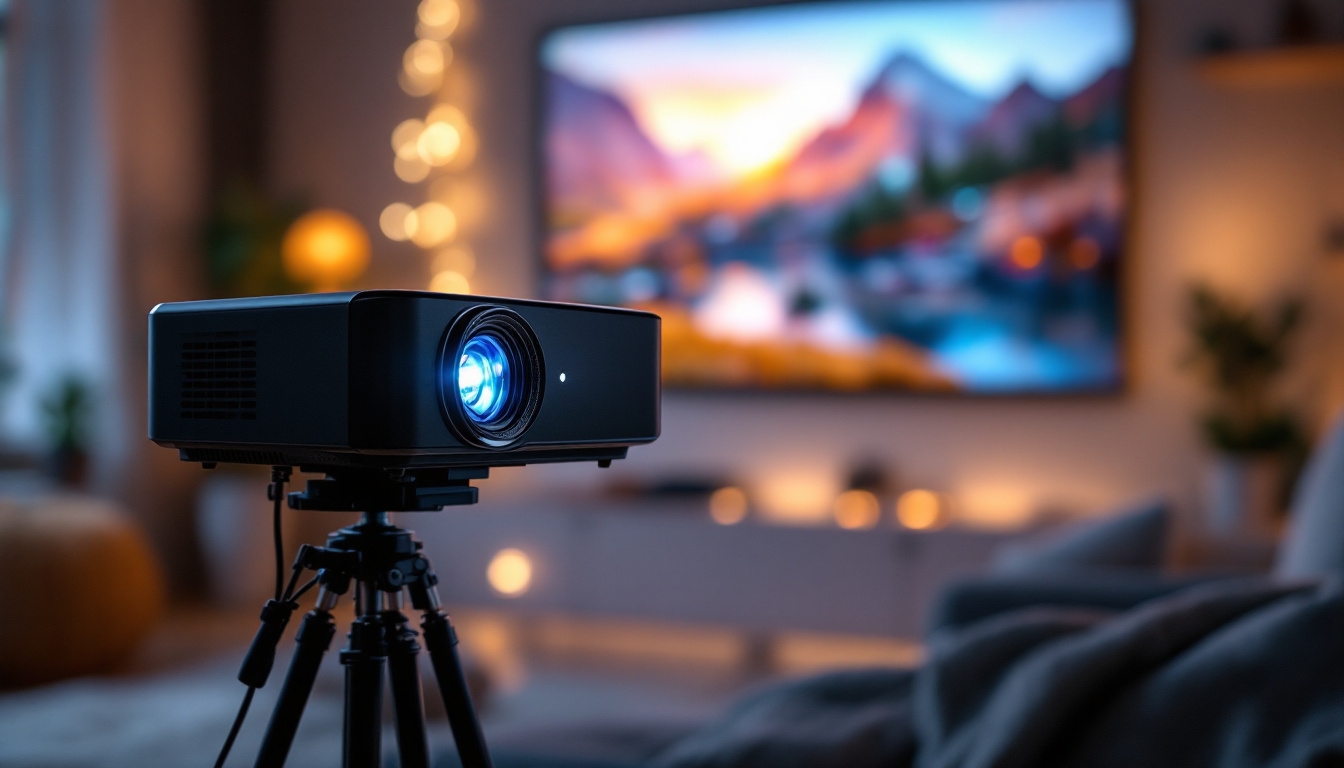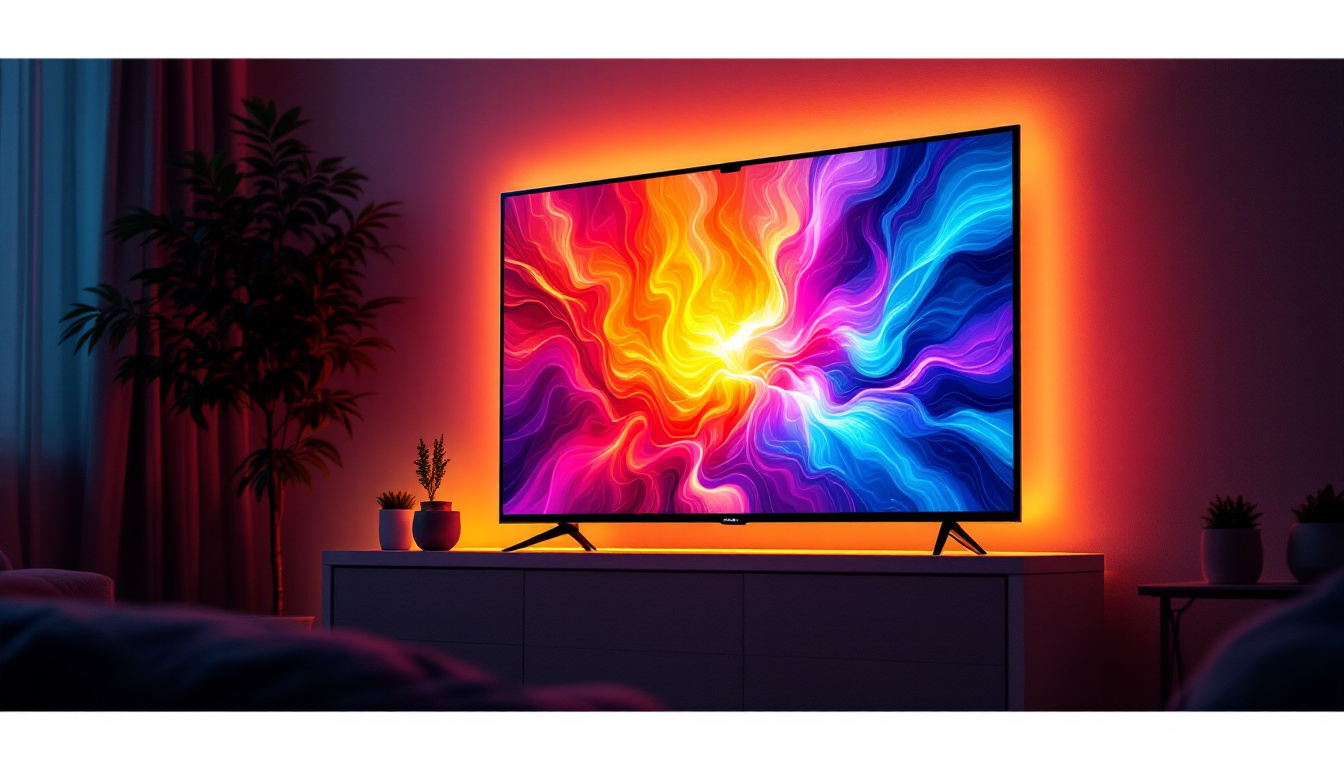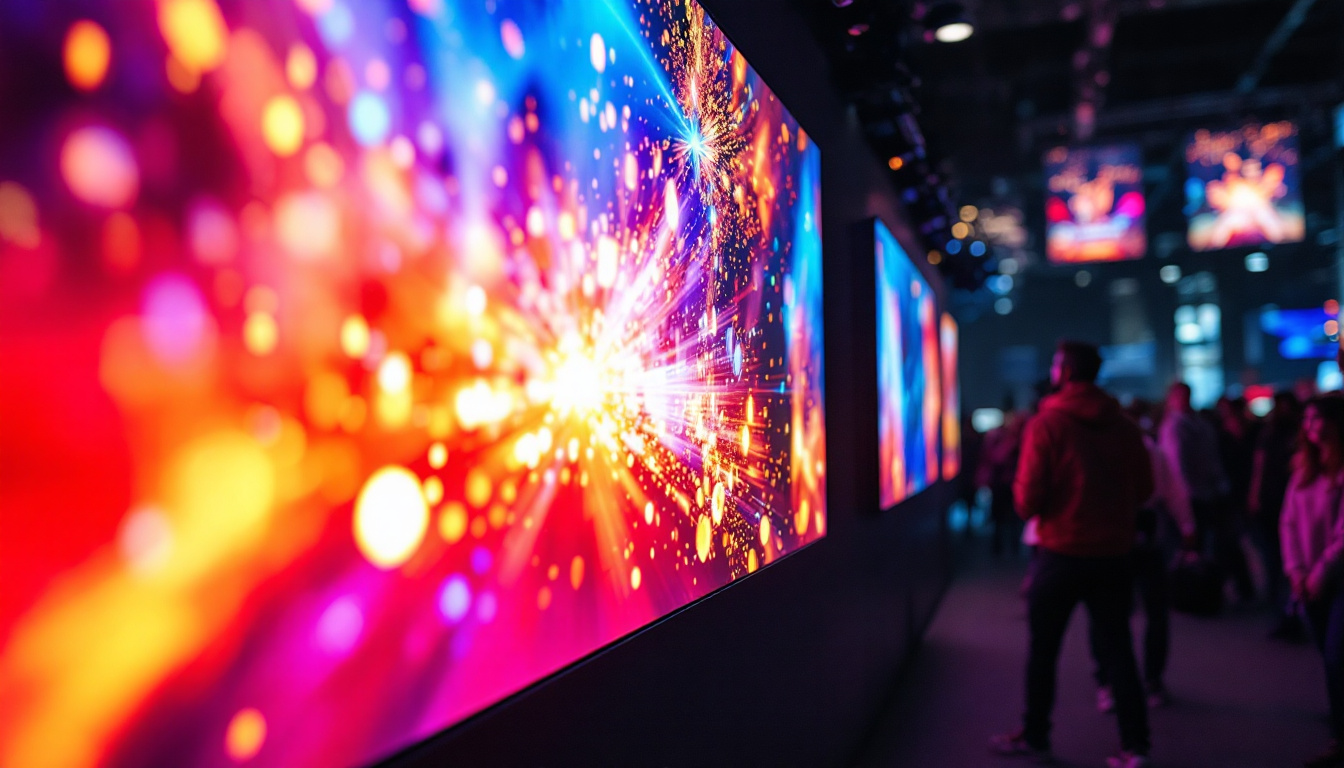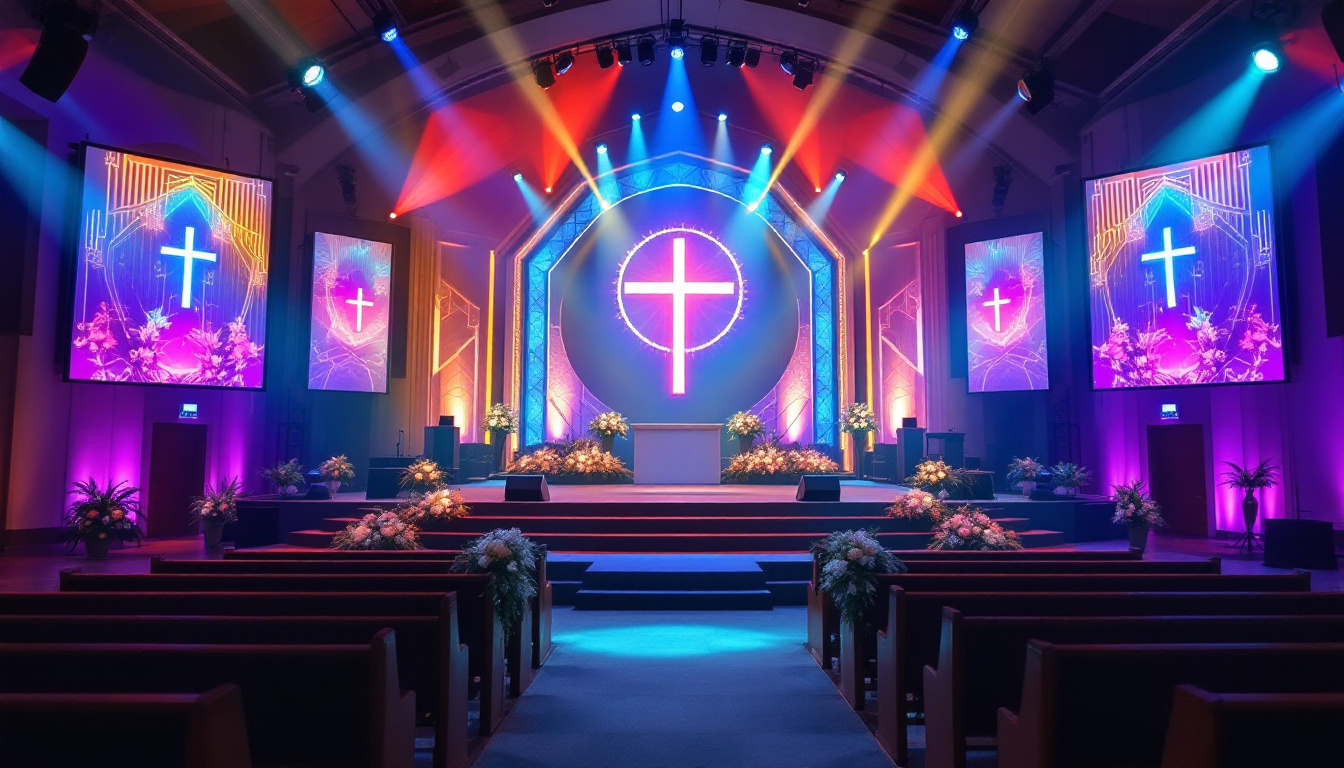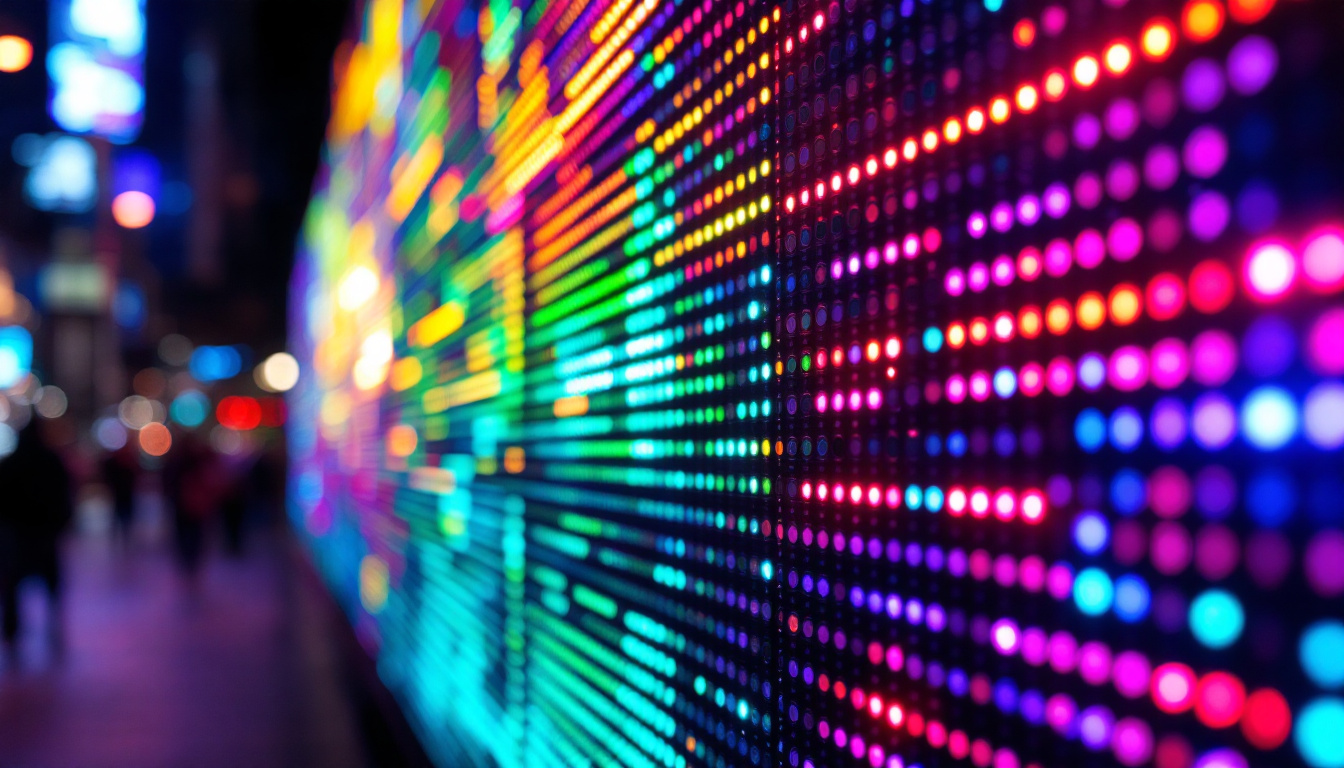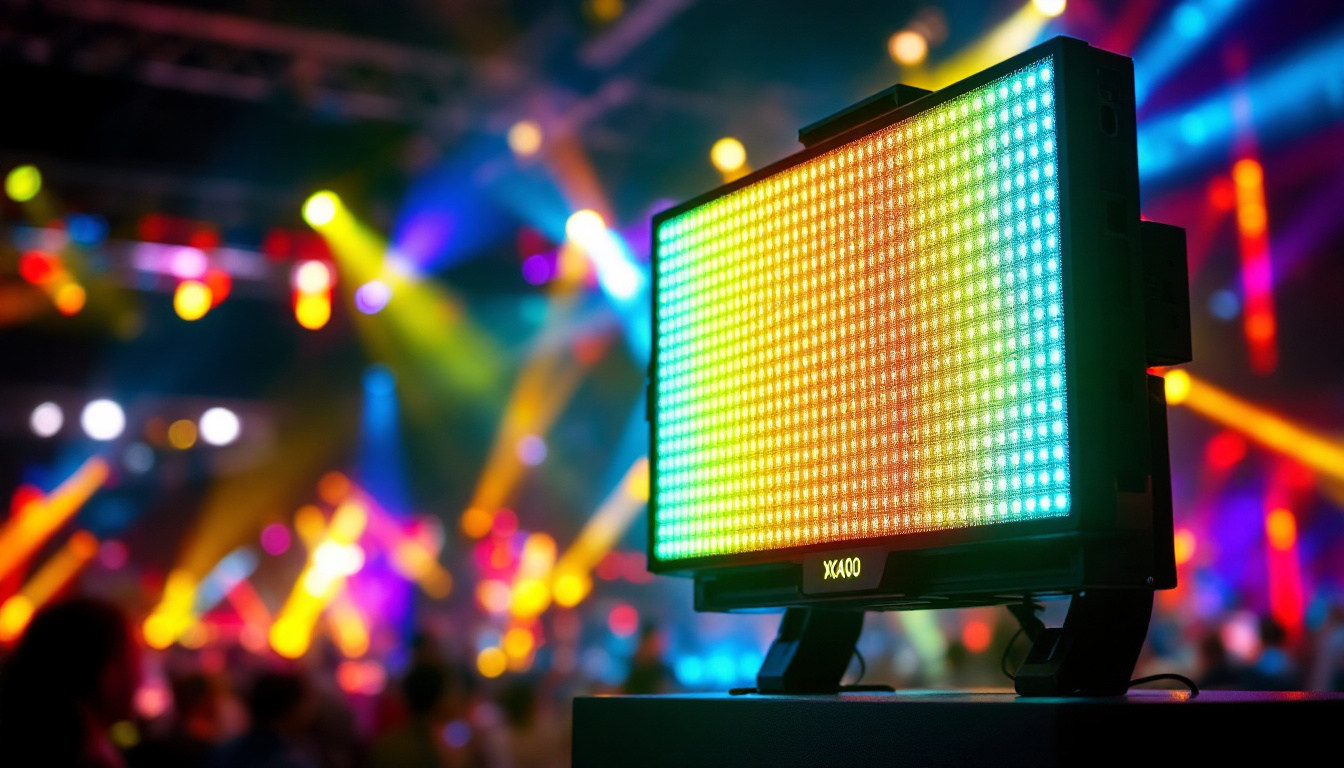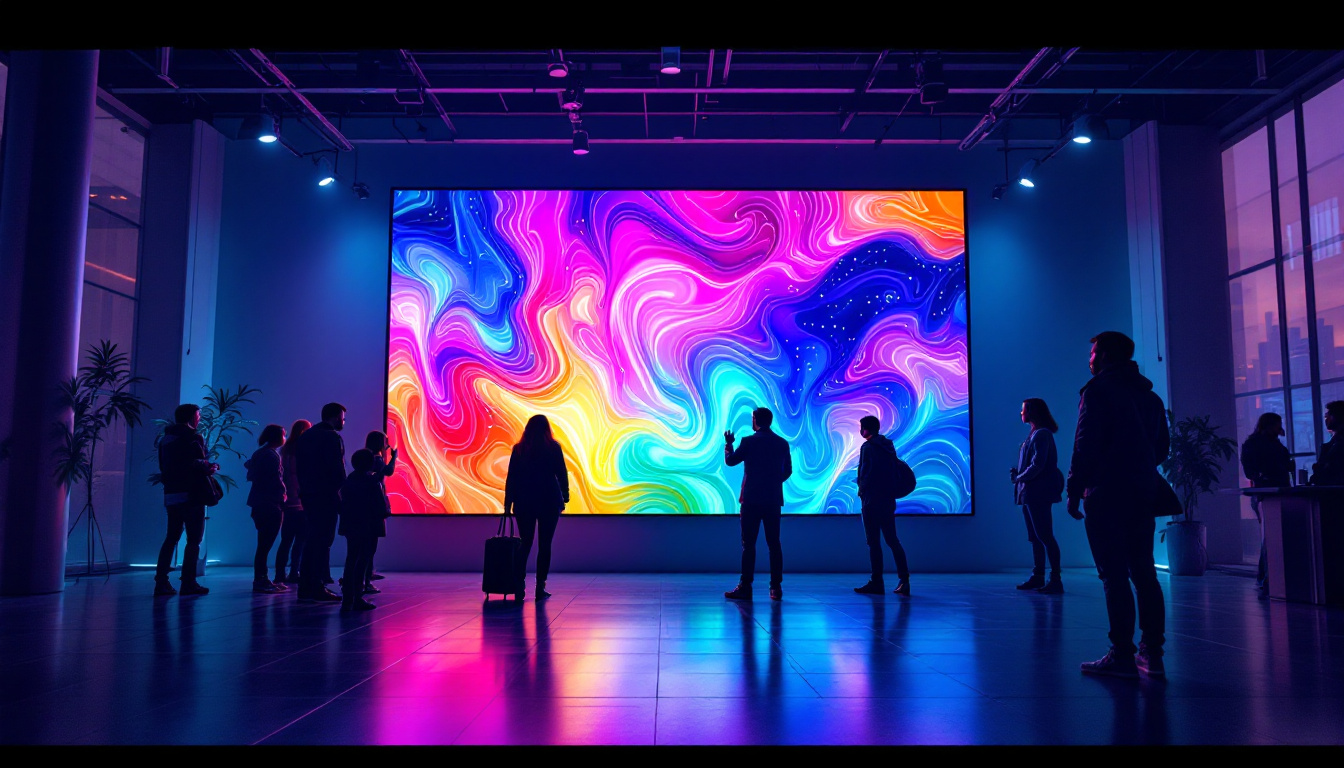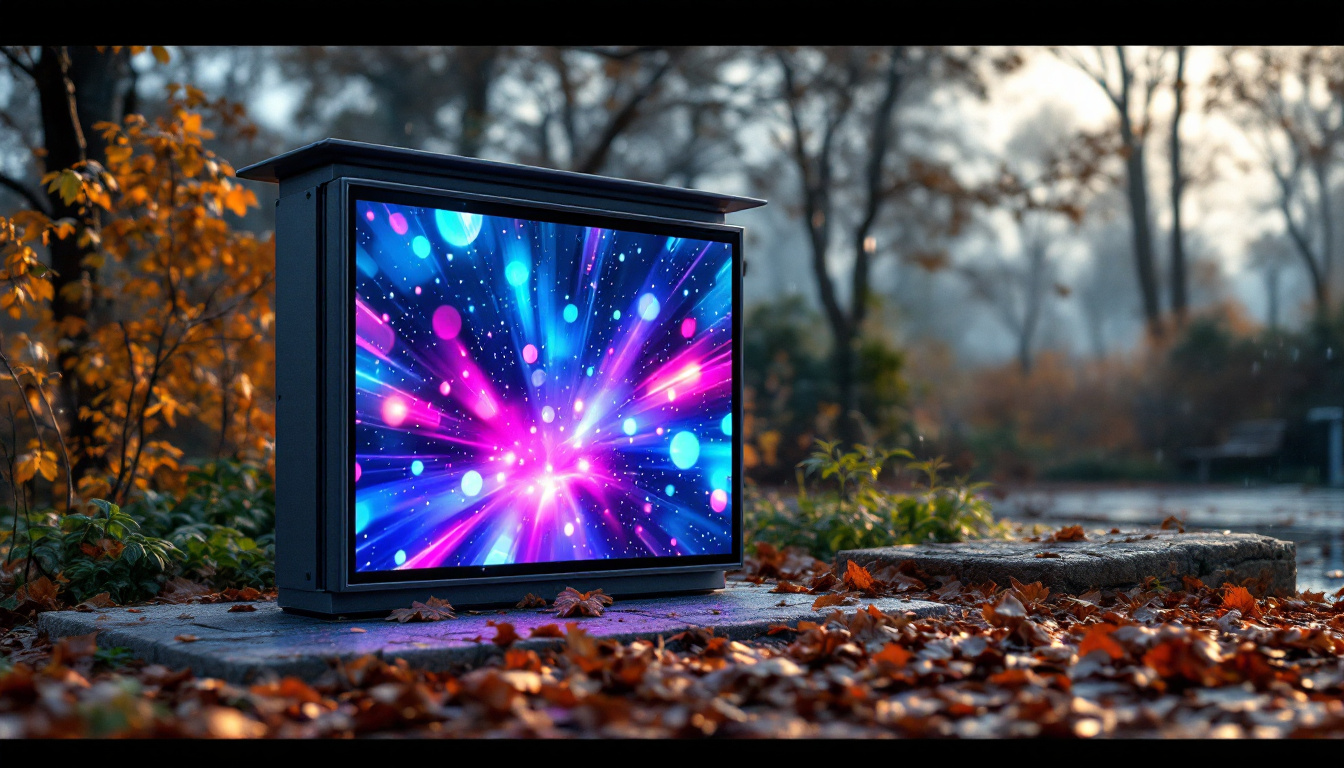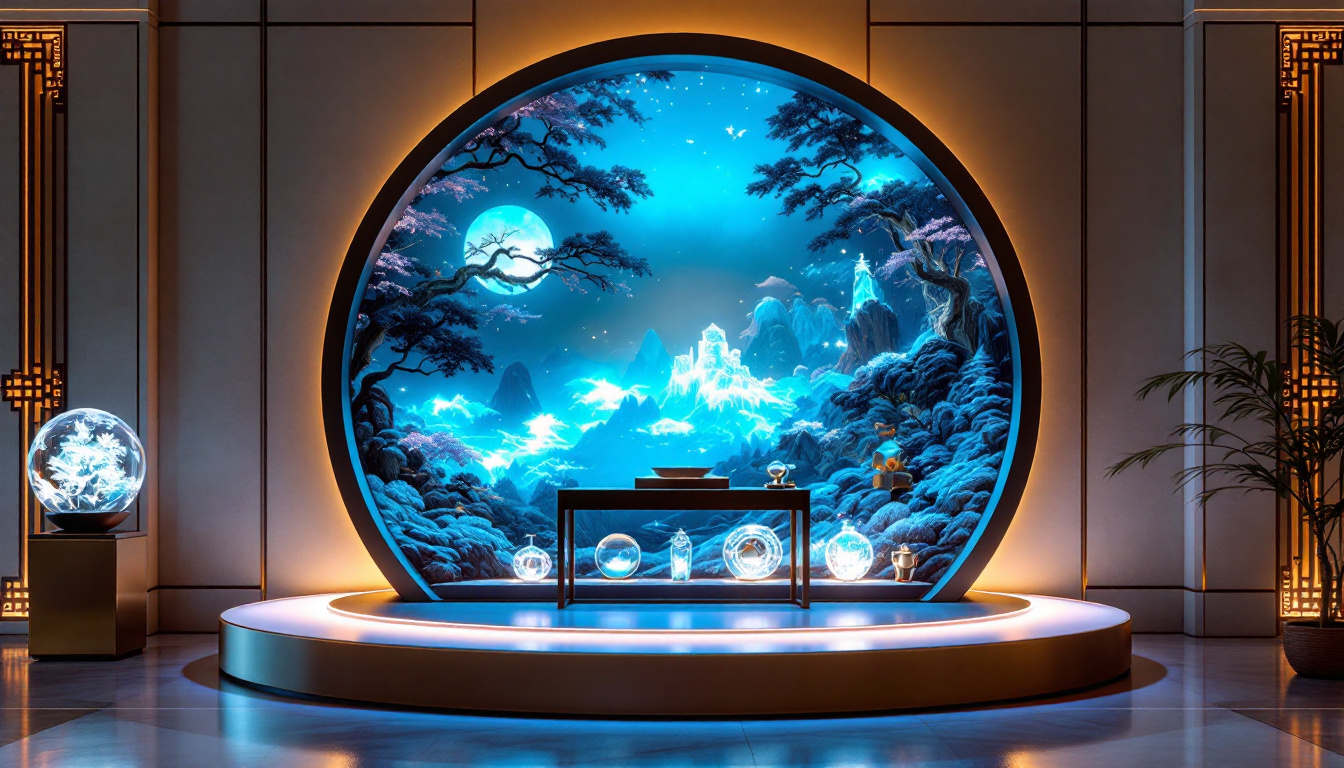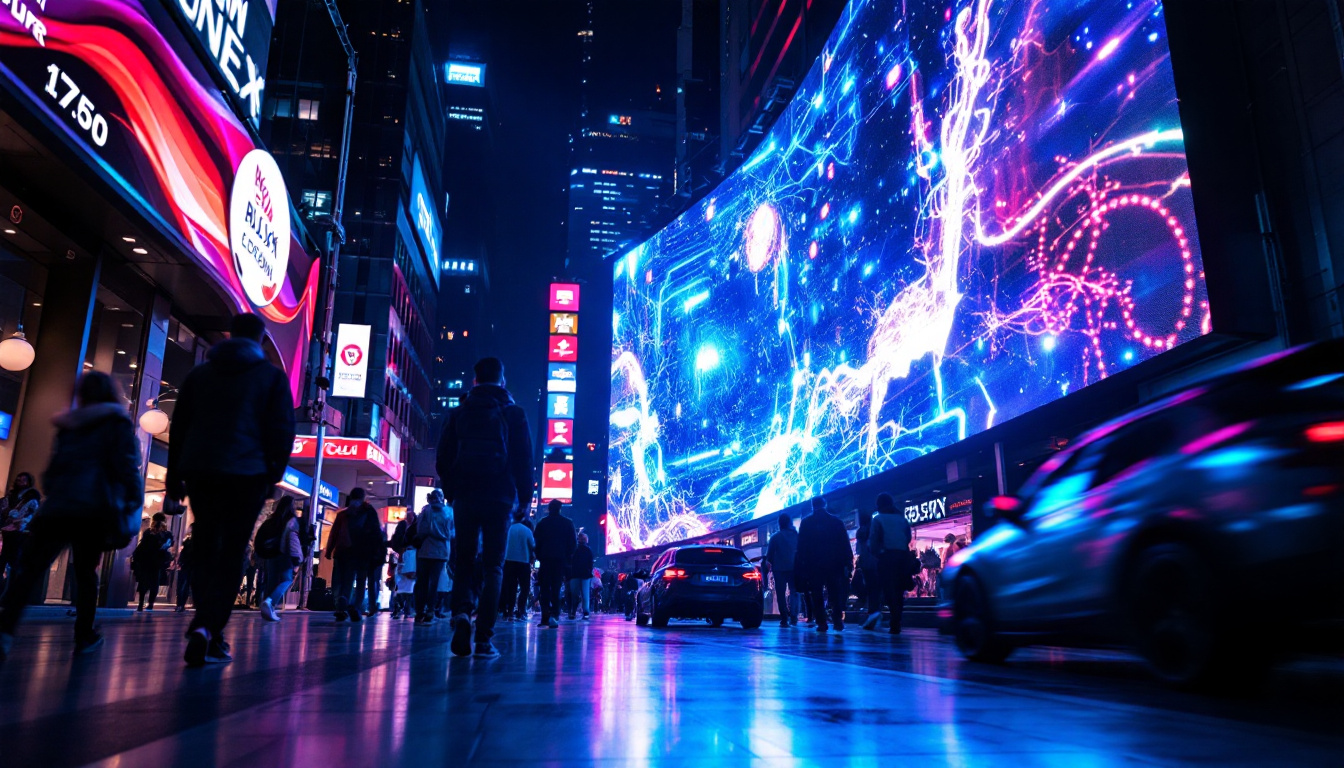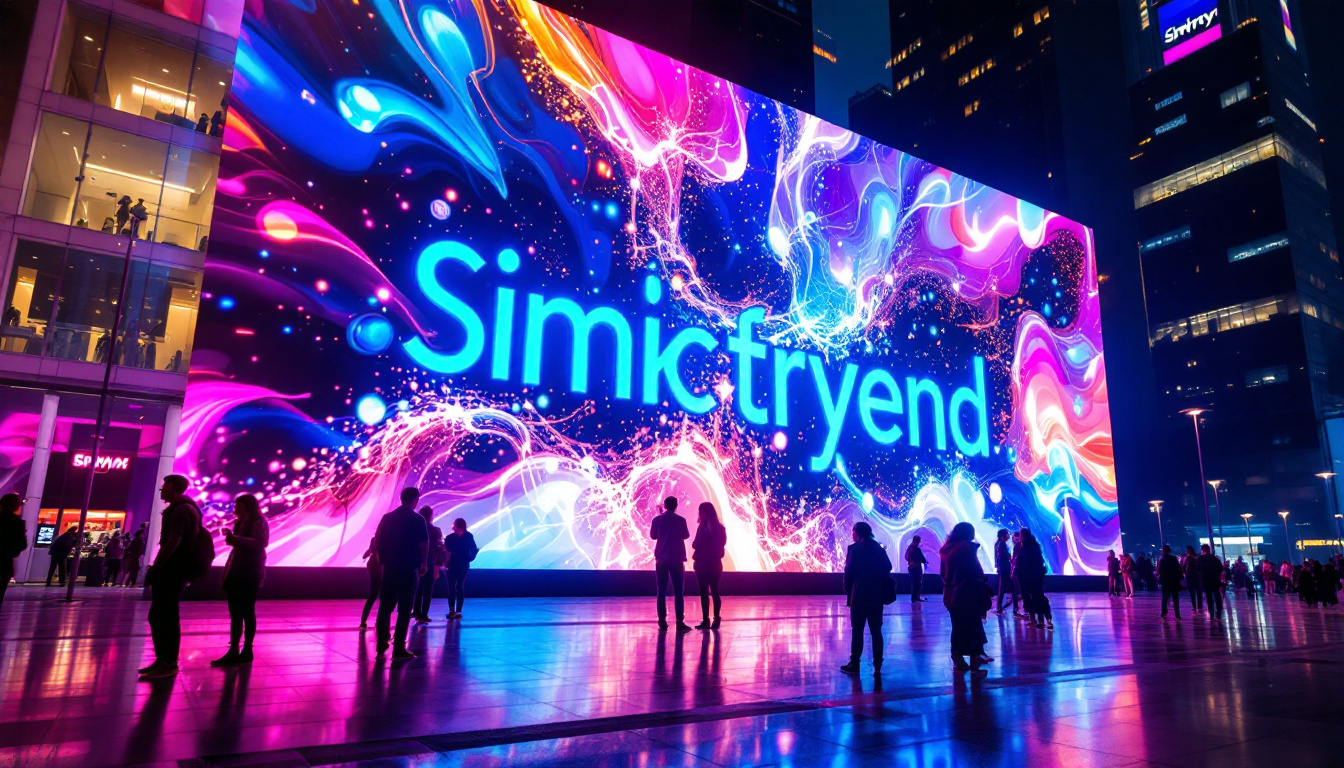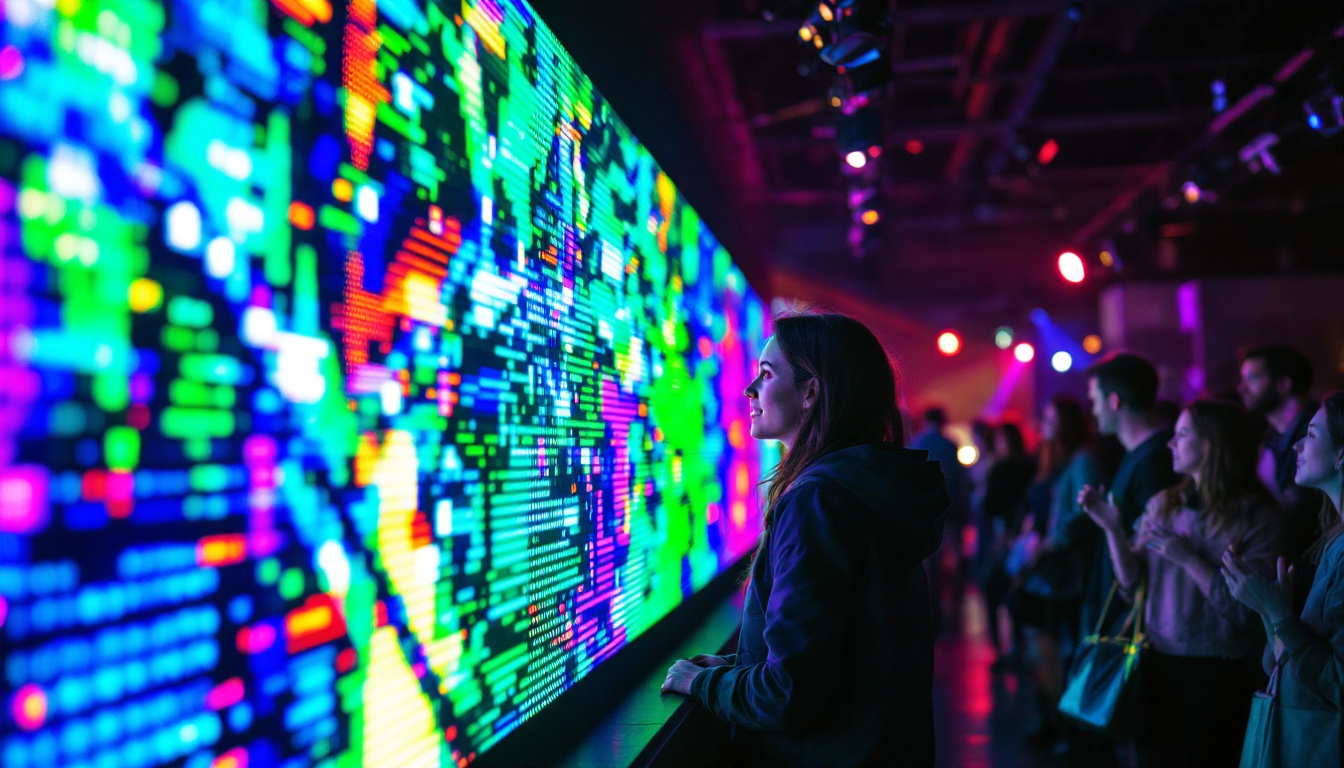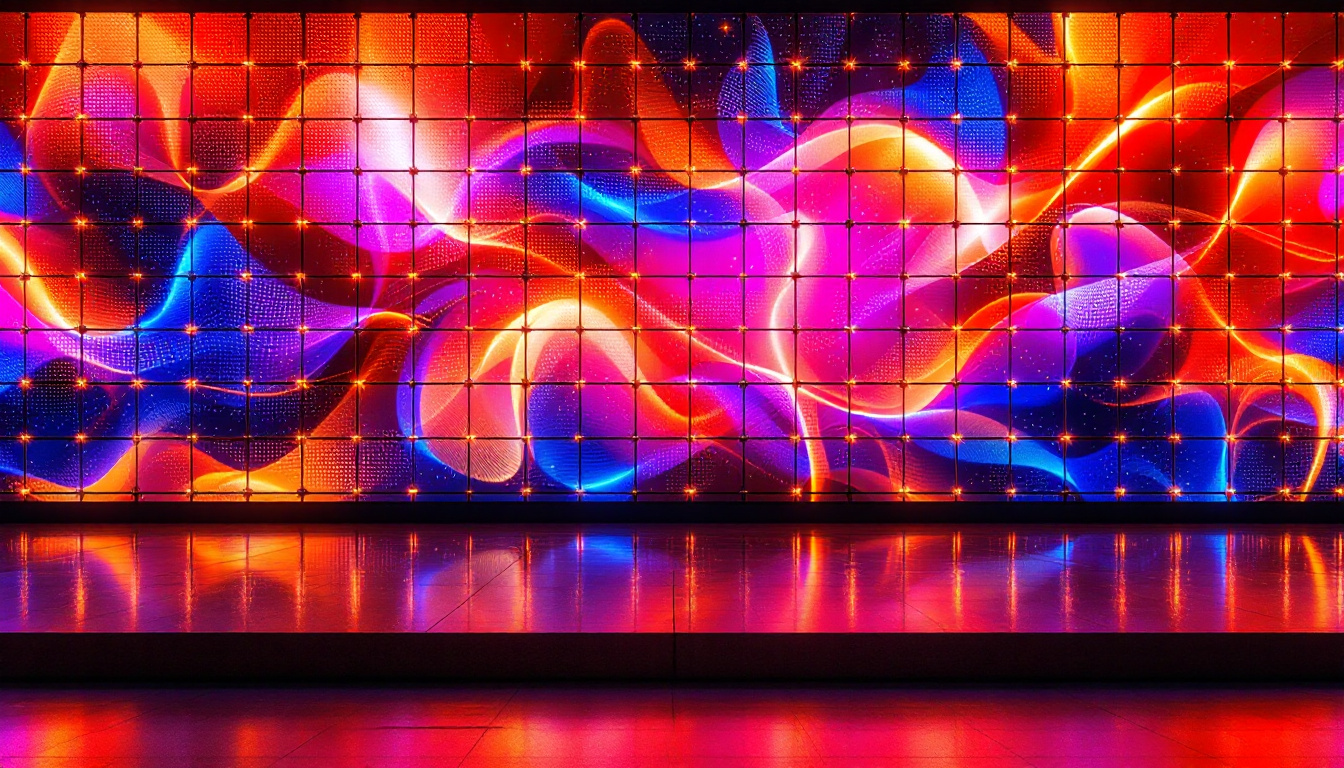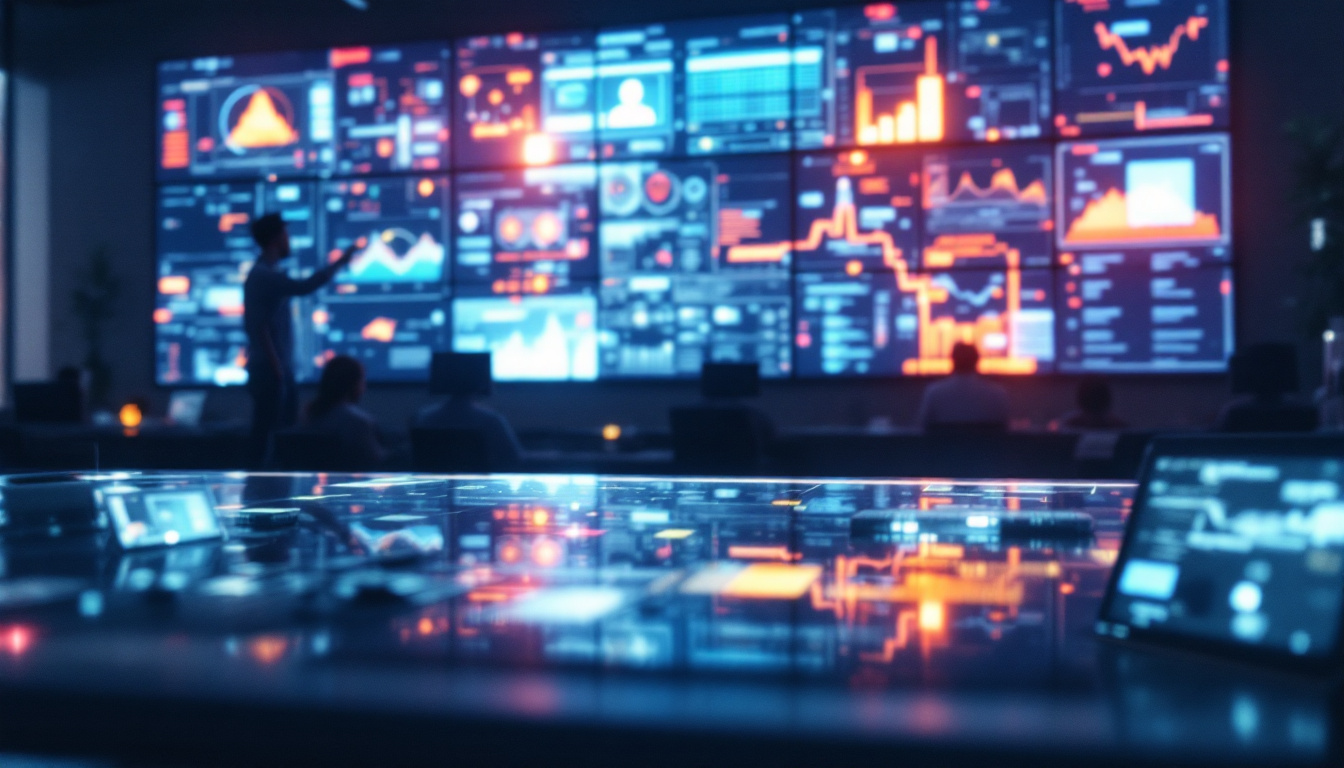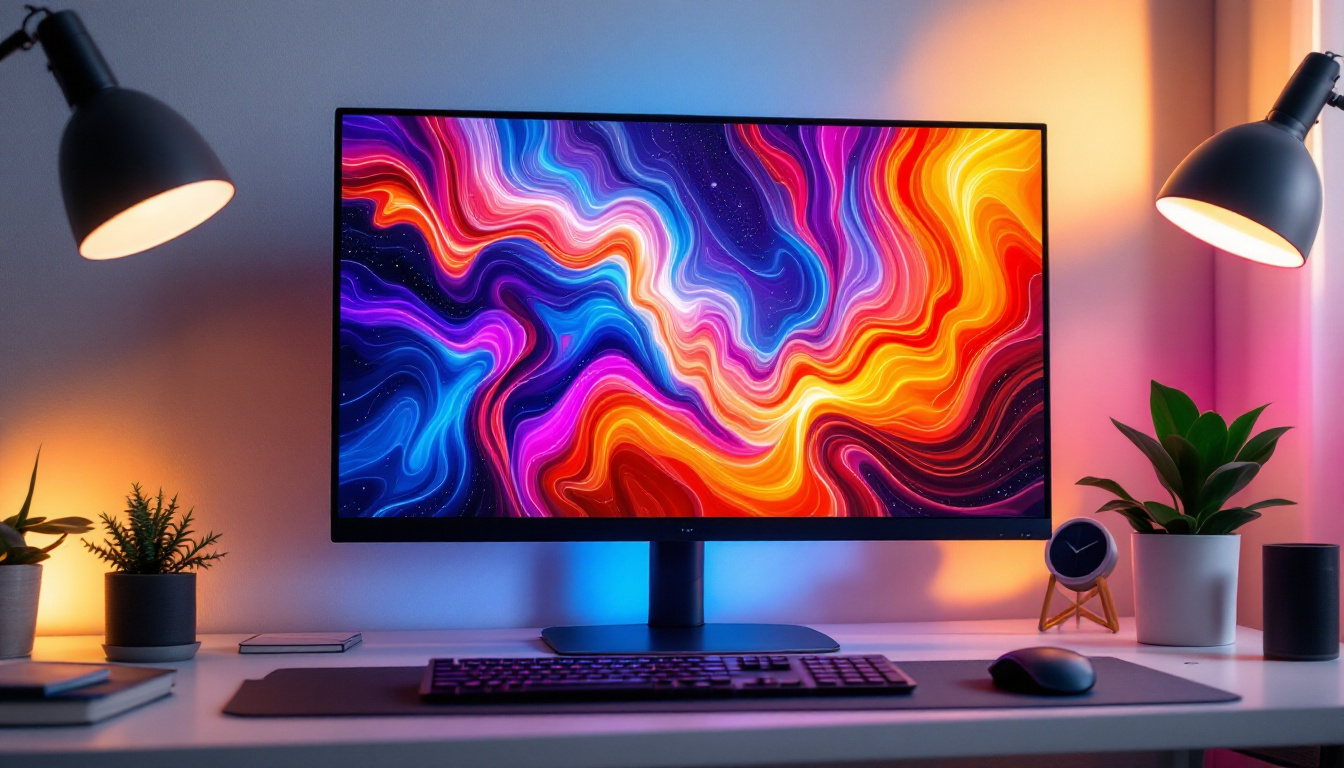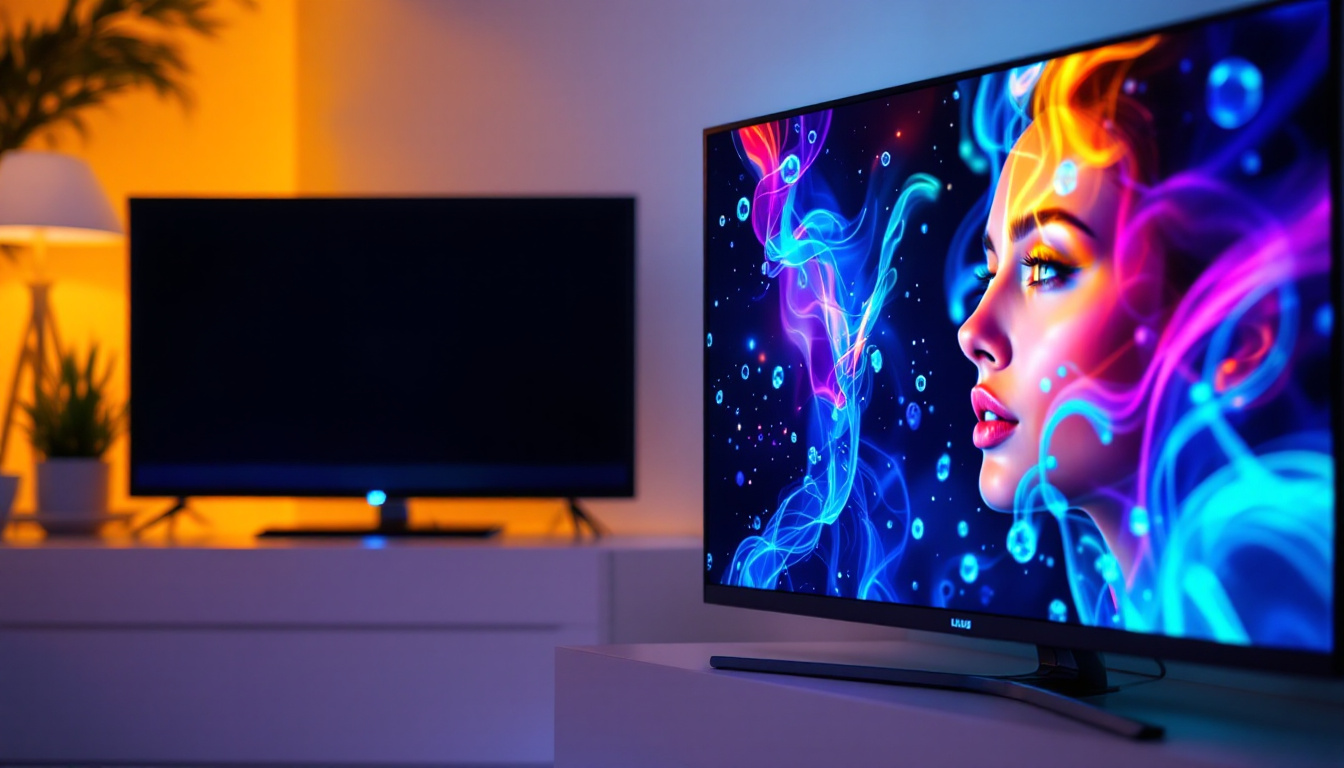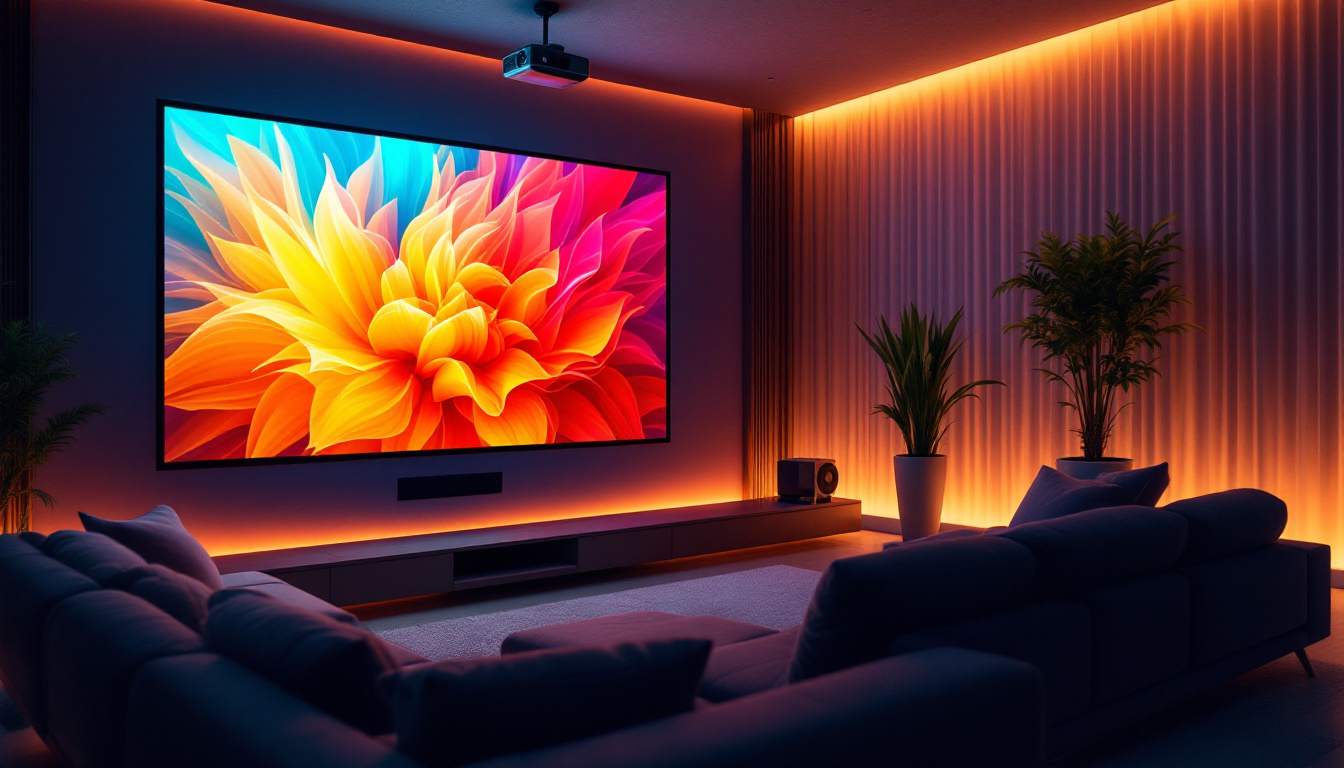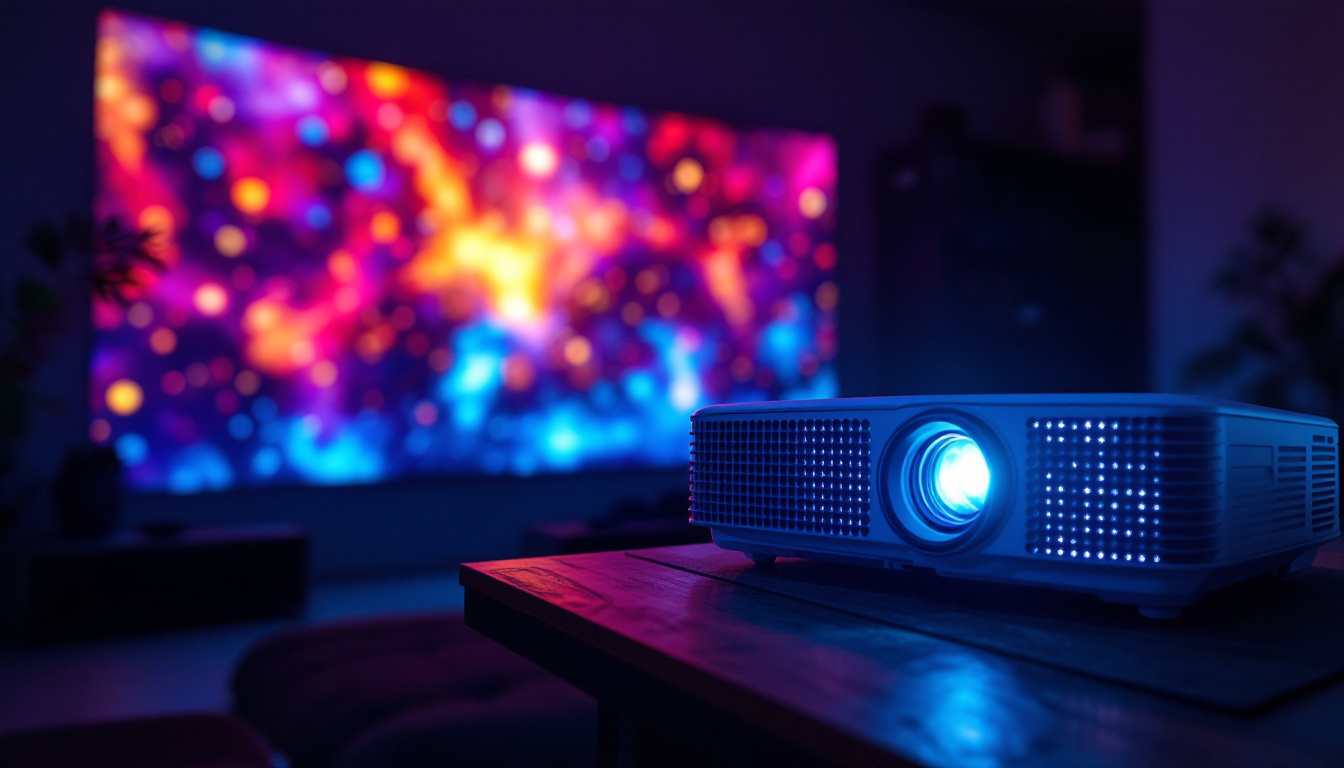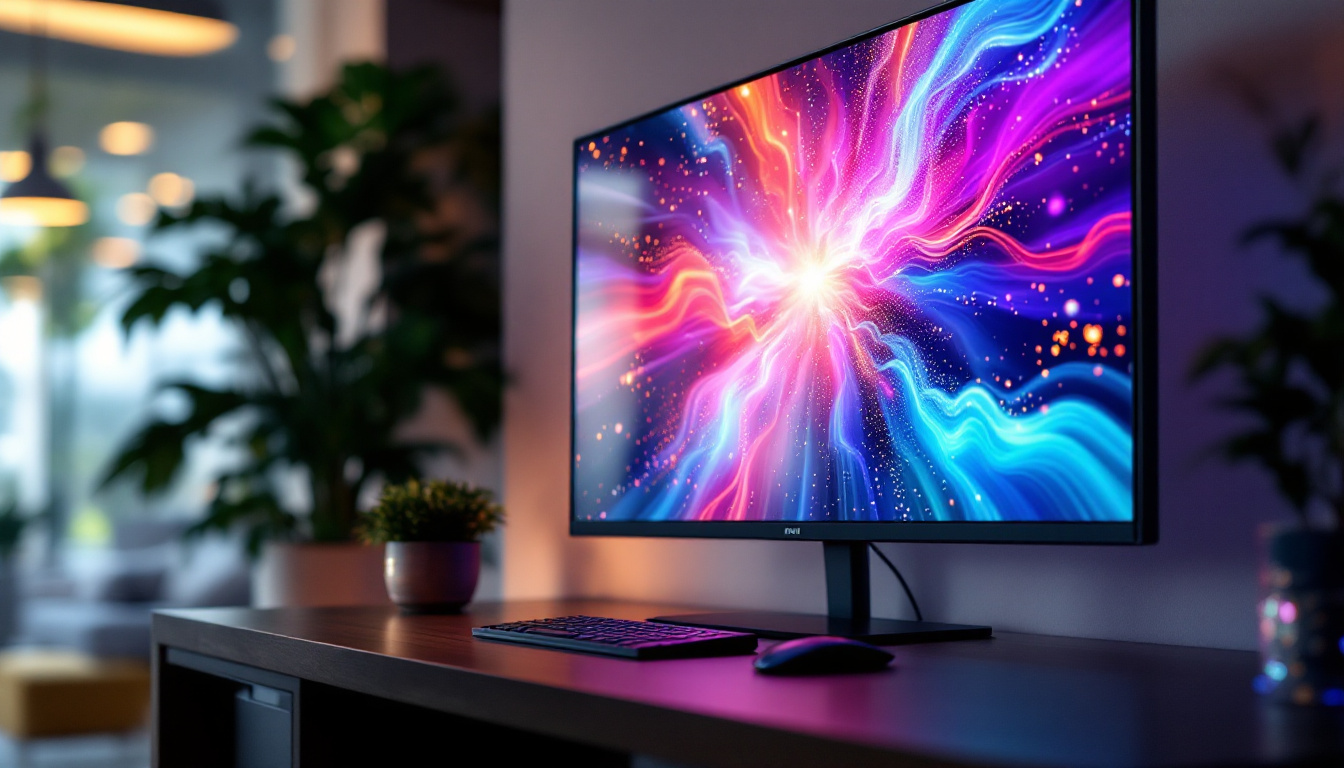In recent years, LED technology has revolutionized the way we experience visual content. From televisions to smartphones, LEDs have become a staple in modern display technology. Among the various applications of LED technology, projectors have emerged as a popular choice for both personal and professional use. This article delves into the intricacies of LED projectors, exploring their functionality, advantages, and the technology behind them.
Understanding LED Projectors
LED projectors utilize light-emitting diodes (LEDs) as their primary light source. This innovative approach contrasts with traditional projectors that typically rely on lamps or lasers. The use of LEDs has transformed the projector landscape, offering several benefits that enhance the viewing experience. For instance, LED projectors tend to have a longer lifespan compared to their lamp-based counterparts, often lasting up to 20,000 hours or more. This longevity not only reduces the frequency of replacements but also contributes to lower maintenance costs over time, making them a more economical choice for users.
How LED Projectors Work
At the core of an LED projector is the light source, which consists of multiple tiny LEDs. These diodes emit light when an electrical current passes through them. The emitted light is then directed through a series of optical components, including lenses and mirrors, which help to focus and project the image onto a screen or surface. The efficiency of LED technology allows for a brighter output with less energy consumption, which is particularly advantageous in settings where power availability may be limited.
In most LED projectors, the light is split into primary colors—red, green, and blue (RGB)—using a color wheel or a similar mechanism. By adjusting the intensity of each color, the projector can create a full spectrum of colors, resulting in vibrant and dynamic images. The combination of these colors is what ultimately produces the final image that viewers see. Additionally, many modern LED projectors incorporate advanced technologies such as dynamic contrast ratios and color enhancement features, which further improve image quality and make colors appear more lifelike and saturated.
Types of LED Projectors
LED projectors can be categorized into several types based on their design and intended use. Understanding these categories can help users select the right projector for their needs. Each type is tailored to meet specific requirements, ensuring that users can find a model that fits their unique situation.
- Portable LED Projectors: These compact devices are designed for easy transport, making them ideal for presentations on the go or home entertainment. Many portable models also come equipped with built-in batteries, allowing for even greater flexibility in various settings, such as outdoor movie nights or impromptu business meetings.
- Home Theater LED Projectors: Built for cinema-like experiences, these projectors offer high resolution and superior color accuracy, perfect for movie enthusiasts. They often support 4K resolution and HDR content, providing an immersive viewing experience that rivals traditional cinema.
- Business LED Projectors: Tailored for professional environments, these projectors often include features like wireless connectivity and high brightness levels for well-lit rooms. Many models also support multiple input options, including HDMI and USB, making it easy to connect various devices, from laptops to streaming devices.
Furthermore, there are also specialized LED projectors designed for educational purposes, which often come with interactive features that allow teachers to engage students more effectively. These projectors can be used in classrooms to display educational content while enabling touch or pen input for interactive lessons. With the rise of remote learning, such projectors have become increasingly valuable tools for educators seeking to enhance their teaching methods.
Advantages of LED Projectors
The rise in popularity of LED projectors can be attributed to several key advantages they offer over traditional projection technologies. These benefits make them an attractive option for various applications, from home entertainment to business presentations.
Energy Efficiency
One of the most significant advantages of LED projectors is their energy efficiency. LEDs consume less power compared to traditional lamp-based projectors, which not only reduces electricity costs but also contributes to a lower carbon footprint. This efficiency is particularly beneficial for users who plan to use their projectors for extended periods. Additionally, the reduced heat output of LED projectors means that they can operate in smaller, more confined spaces without the need for extensive cooling systems, making them ideal for both home setups and portable use.
Longevity and Maintenance
LEDs have an impressive lifespan, often exceeding 20,000 hours of use. This longevity means that users can enjoy years of reliable performance without the need for frequent bulb replacements. In contrast, traditional projectors typically require bulb changes every few thousand hours, leading to additional maintenance costs and downtime. Moreover, the reduced frequency of maintenance not only saves money but also enhances the overall user experience, allowing for uninterrupted viewing during important events or presentations.
Image Quality and Color Accuracy
LED projectors are renowned for their superior image quality. The ability to produce a wider color gamut and deeper blacks results in more vibrant and lifelike images. This is particularly important for applications such as home theaters or art presentations, where color accuracy is paramount. Furthermore, LED projectors often maintain consistent brightness levels over time, ensuring that the quality of the projected image remains high throughout the projector’s lifespan. The advanced technology behind LED projectors also allows for improved contrast ratios, which enhances the viewing experience by making details in both bright and dark scenes more discernible. This feature is especially beneficial for cinematic experiences, where the subtleties of lighting can significantly impact the storytelling.
Portability and Versatility
Another compelling advantage of LED projectors is their portability and versatility. Many models are designed to be lightweight and compact, making them easy to transport for business meetings, outdoor movie nights, or travel presentations. This portability does not come at the cost of performance; in fact, many LED projectors are equipped with features like built-in speakers and wireless connectivity options, allowing users to set up and start projecting with minimal hassle. This flexibility makes them suitable for a variety of environments, from classrooms and conference rooms to backyard gatherings and camping trips.
Environmental Impact
In addition to their energy efficiency, LED projectors are also more environmentally friendly than traditional projectors. The absence of toxic materials, such as mercury, commonly found in conventional projector bulbs means that LED projectors pose a lower risk to both human health and the environment. As awareness of environmental issues continues to grow, many consumers are seeking out products that align with their values, making LED projectors a responsible choice for eco-conscious buyers. Furthermore, the reduced waste associated with fewer bulb replacements contributes to a more sustainable lifecycle for the product, appealing to those who prioritize sustainability in their purchasing decisions.
Considerations When Choosing an LED Projector
While LED projectors offer numerous advantages, selecting the right one requires careful consideration of several factors. Understanding these elements can help users make informed decisions that align with their specific needs.
Brightness Levels
Brightness is a crucial factor in projector performance, measured in lumens. For environments with ambient light, such as conference rooms or living rooms, a projector with higher lumens is essential to ensure clear visibility. Conversely, for darker environments like home theaters, lower brightness levels may suffice, allowing users to enjoy a more immersive experience.
Resolution
Resolution determines the clarity and detail of the projected image. Common resolutions include 720p, 1080p, and 4K. Higher resolutions provide sharper images, making them ideal for detailed presentations or cinematic experiences. Users should consider their specific usage scenarios when selecting a projector resolution that meets their needs.
Portability and Connectivity
For users who plan to move their projectors frequently, portability becomes a significant factor. Lightweight and compact models are easier to transport, while features like built-in Wi-Fi and Bluetooth connectivity can enhance usability by allowing seamless connections to various devices. Ensuring compatibility with laptops, smartphones, and streaming devices can greatly improve the overall experience.
The Future of LED Projectors
The future of LED projectors looks promising, with ongoing advancements in technology and design. As manufacturers continue to innovate, users can expect enhancements that will further improve performance, usability, and versatility.
Integration with Smart Technology
As smart home technology becomes increasingly prevalent, the integration of LED projectors with smart devices is likely to become more common. Features such as voice control, app-based navigation, and compatibility with smart home ecosystems can enhance user experience and convenience.
Improved Color Accuracy and Brightness
Future developments in LED technology may lead to even greater improvements in color accuracy and brightness levels. Researchers are continuously exploring new materials and methods to enhance the performance of LEDs, which could result in projectors capable of delivering stunning visuals in a wider range of environments.
Miniaturization and Versatility
As technology advances, the miniaturization of components is expected to continue, leading to even more compact LED projectors. This trend will likely result in devices that are not only portable but also versatile, capable of being used in various settings, from classrooms to outdoor events.
Conclusion
LED projectors represent a significant advancement in projection technology, offering numerous advantages over traditional models. With their energy efficiency, long lifespan, and superior image quality, they have become a popular choice for a wide range of applications. By understanding the features and considerations associated with LED projectors, users can make informed decisions that enhance their viewing experiences.
As the technology continues to evolve, the future of LED projectors promises exciting developments that will further enhance their capabilities and usability. Whether for home entertainment, business presentations, or educational purposes, LED projectors are poised to remain at the forefront of visual display technology.
Discover the Future of LED Displays with LumenMatrix
Ready to experience the cutting-edge of LED display technology? LumenMatrix is at the forefront of innovation, offering a wide array of LED display solutions that are perfect for any application. From captivating Indoor and Outdoor LED Wall Displays to dynamic Vehicle and Sports LED Displays, our products are designed to make your brand stand out and your visual communications resonate with audiences. Embrace the future of visual engagement with our Custom, All-in-One, and Transparent LED Displays. Check out LumenMatrix LED Display Solutions today and transform your space into a mesmerizing visual experience.

